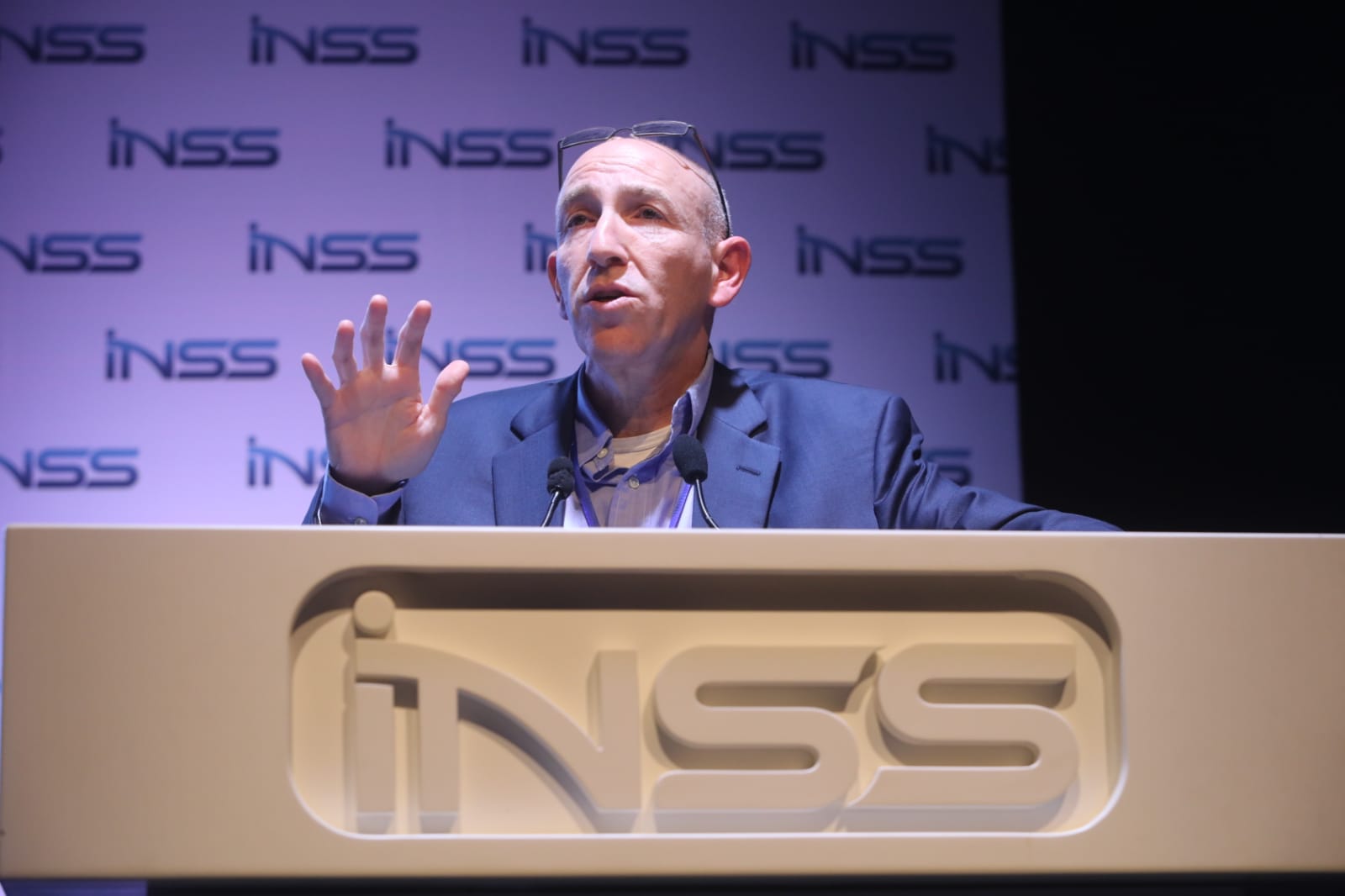
Brig. Gen. (ret.) Itai Brun
The terms “post truth” and “fake news” assumed greater currency in 2016. In 2016, the Oxford English Dictionary chose “post truth” as its term of the year. President Trump was the one who gave “fake news” its publicity.
There are different groups of truths: among politicians; professionals; the media; the public; and influences. Influence also flows in to directions: how one’s truth influences, and how it is influenced by outer stimuli or elements. Groups of truth are different narratives by different groups.
There is an increasing difficulty in understanding the reality. There are old problems; old problems intensified; and new problems. There is the need to distinguish between truth vs. lies; there is a tendency to question the role and validity of institutions that were generally understood to be liable, to be upholders of truth.
The issue of post truth and fake news began with journalism and think tanks. It is a global issue, with important implications for democracy and international security. This involves questions on who protects truth, and how. This is the focus of the new INSS research program, the Lipkin-Shahak Program on Democracies in the Age of Post Truth and Fake News.


